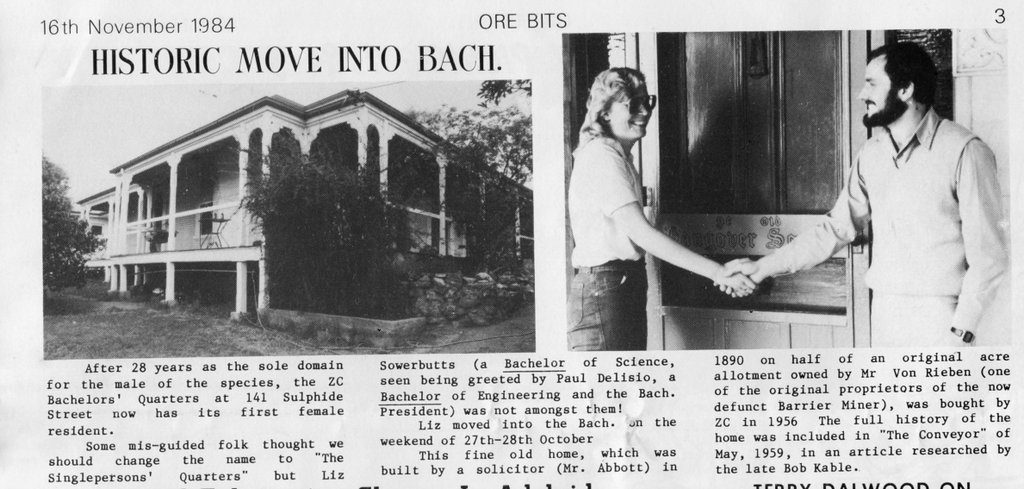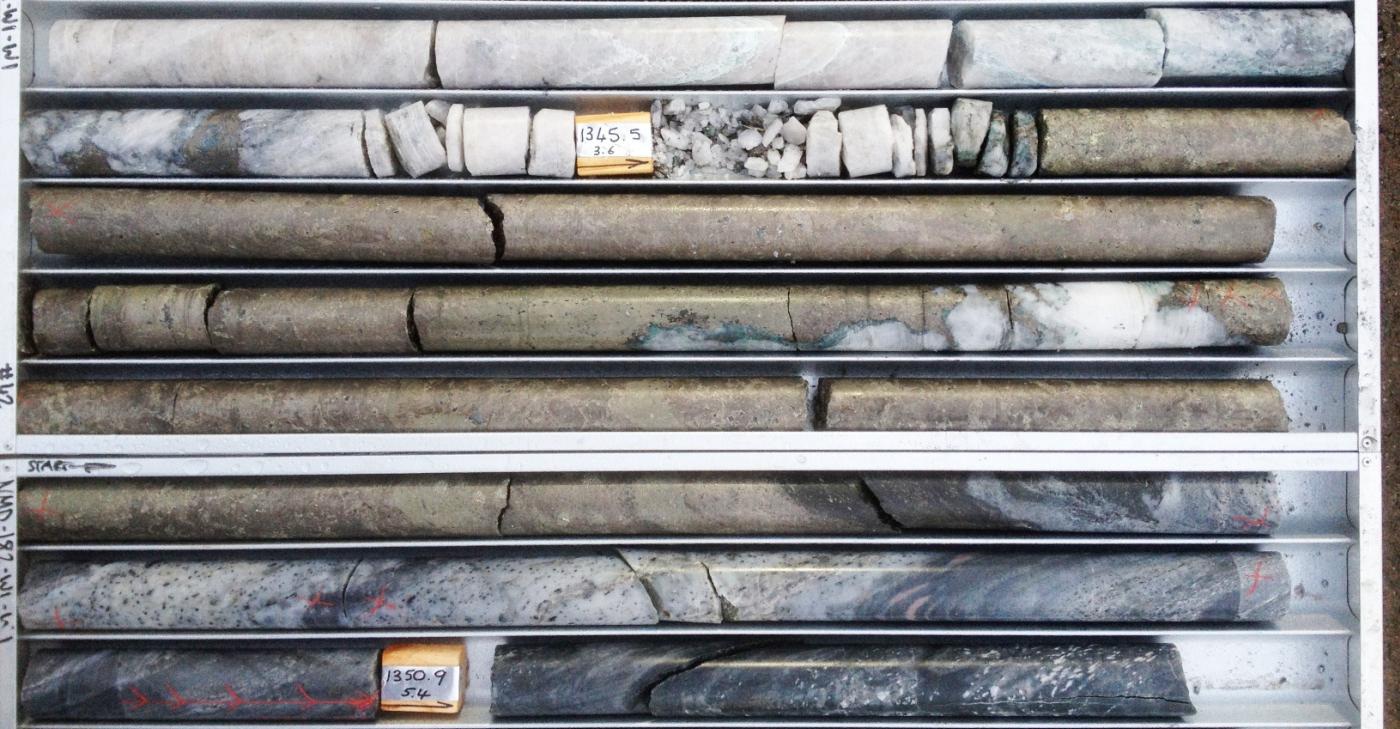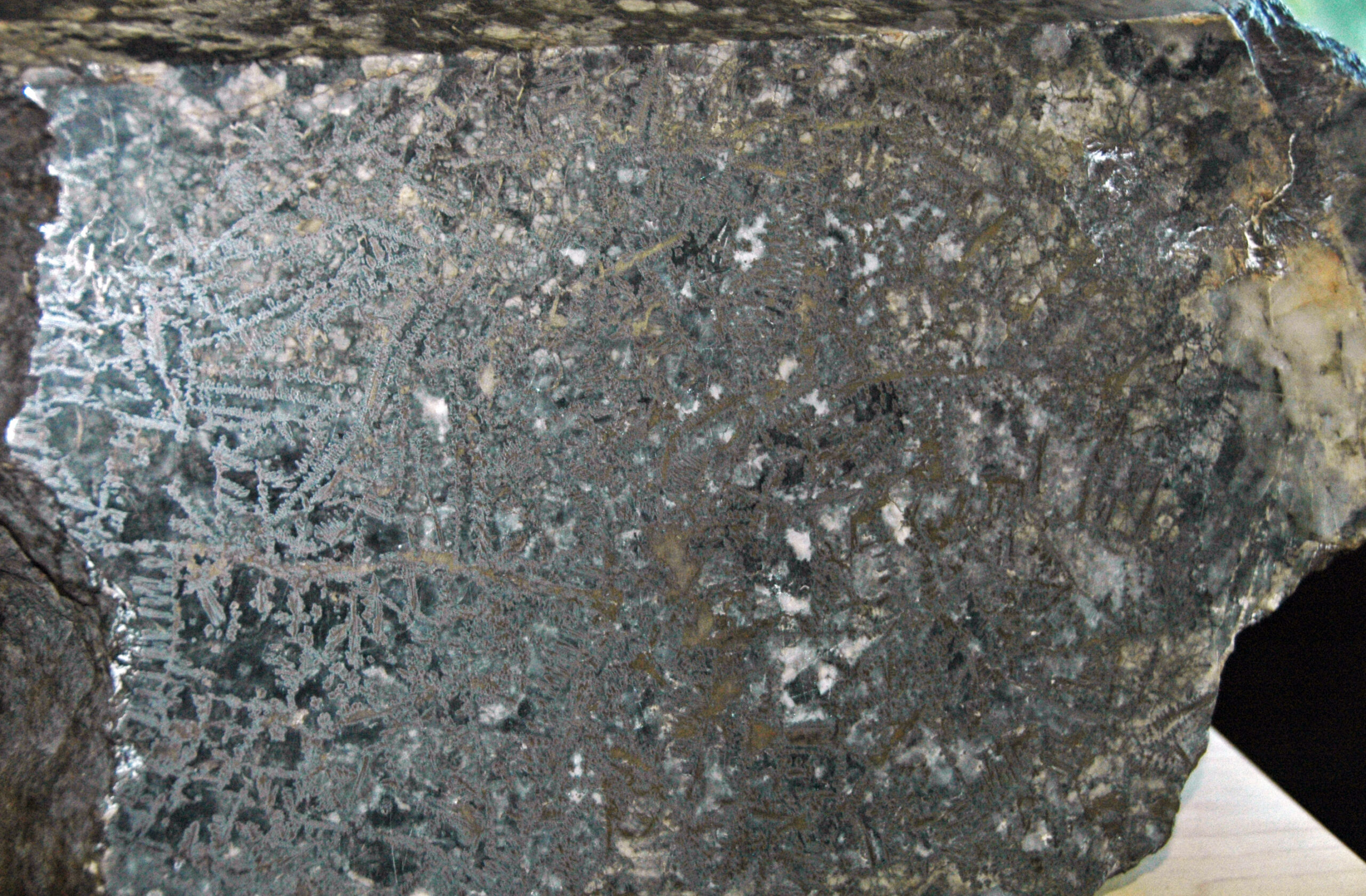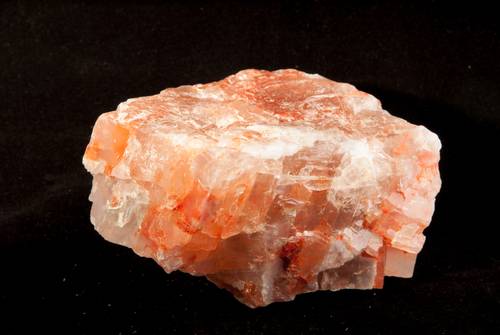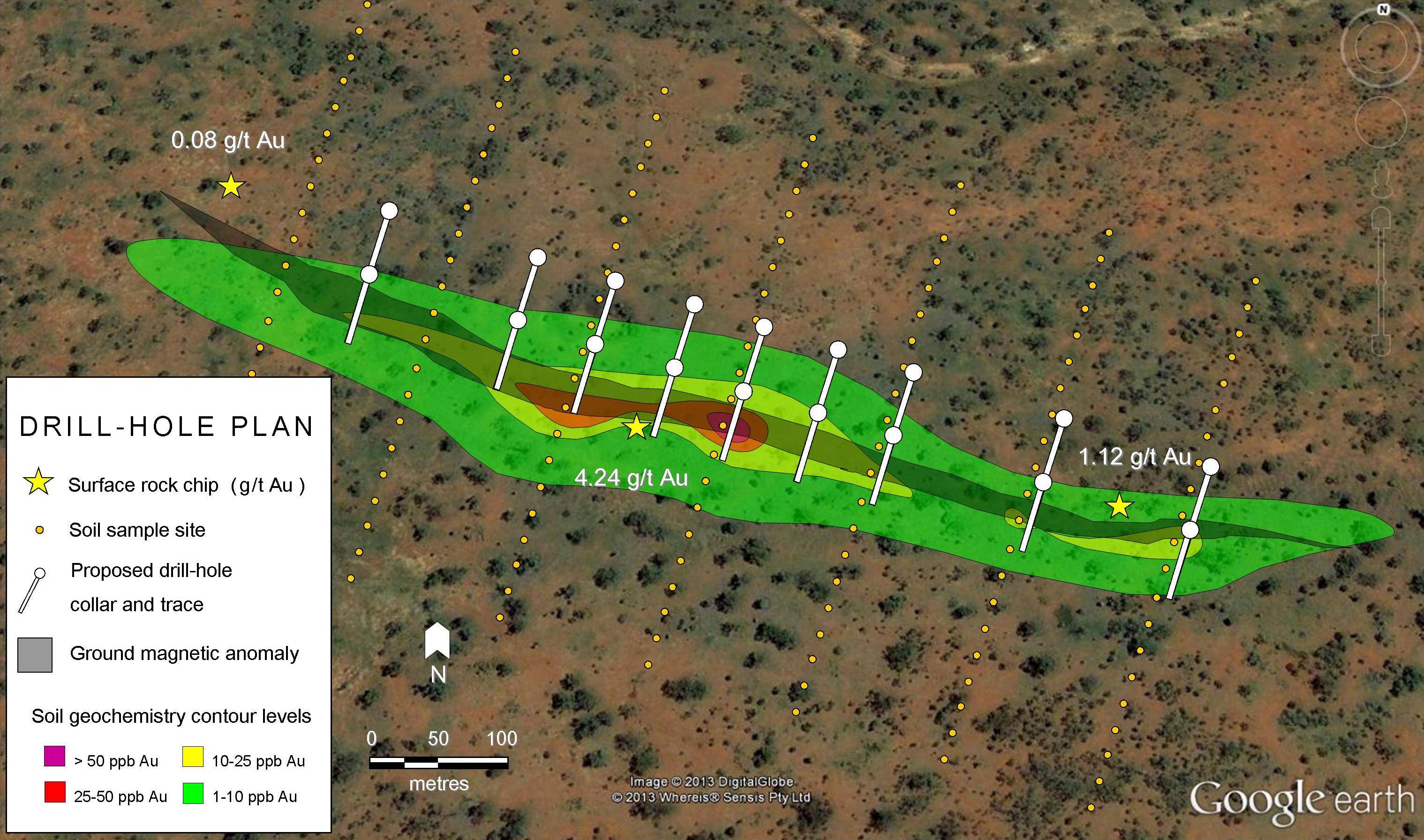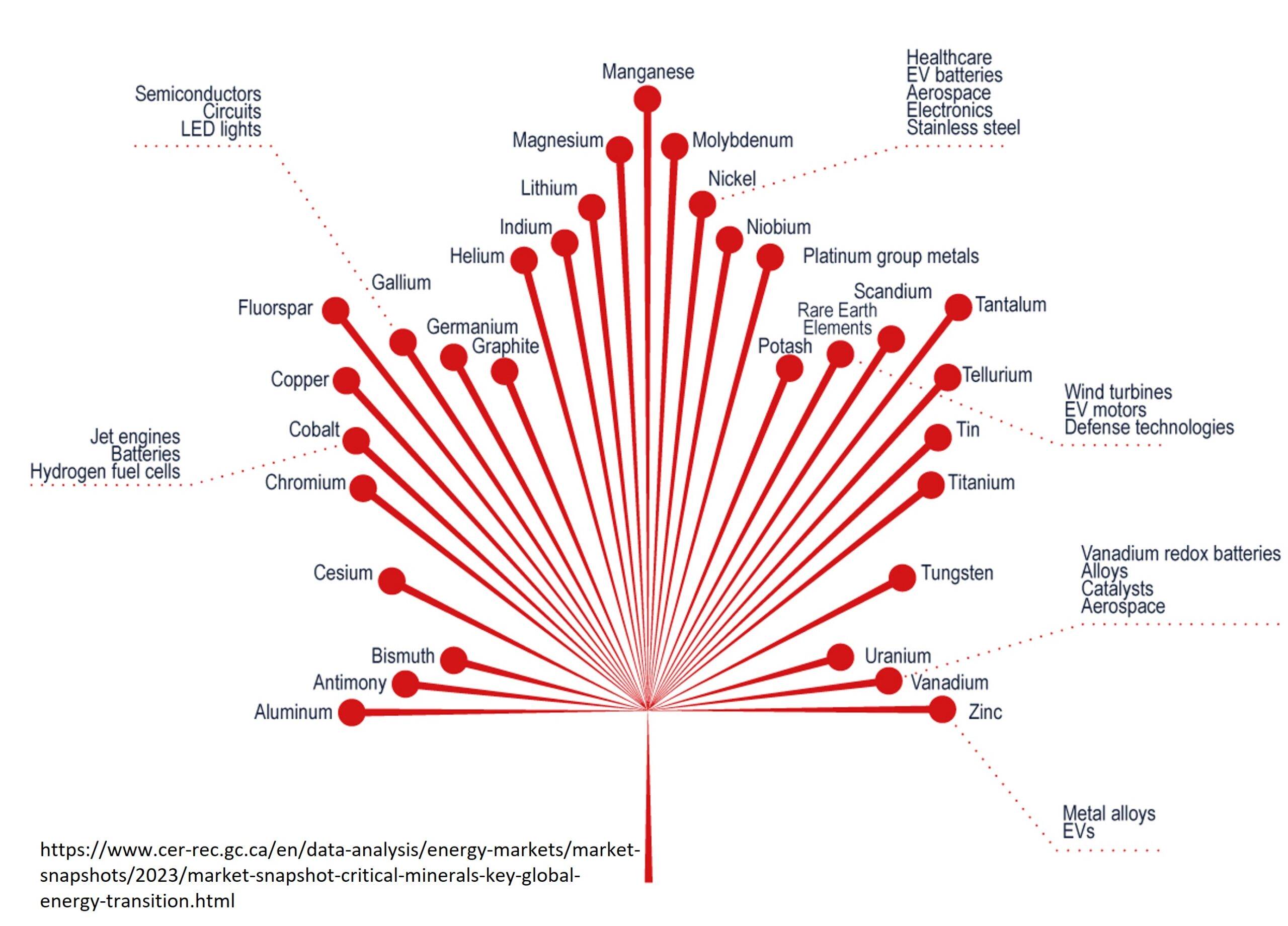Often biologists and geologists are portrayed as being at odds on their views of resource development. Biologists are typically seen as only wanting to stop or slow down natural resource development, while geologists are usually the proponents of such projects. This is unfortunate since geologists and biologist actually have a lot in common, and regularly work closely when it comes to the development of mines.
Approaching the Problem from Different Angles
Both of these disciplines are inherently concerned with studying and working with the natural world around them. Exploration geologists and biologists typically are involved in the initial stages of a mine’s development, both compiling comprehensive maps of what exists above and below the ground. Exploration geologists use the maps they generate to help guide where to perform mining operations, whereas biological maps are used as ecological blueprints of what is present before industrial activities commence.
These blueprints are not just used as inventories or snapshots of biotic communities but also as signposts to guide any future effort to bring back these communities after development. They will also be used in the permitting process, guiding the final decisions of if and where a mine can be built. Despite what many media outlets may lead you to think, mines don’t ‘just happen’; they have to endure years of environmental, public and government scrutiny. With natural resource extraction, urban sprawl, invasive species expansions and direct damage due to industrial contamination of soils and aquatic resources expected to increase in British Columbia and the rest of Canada, biologists will be in ever-increasing demand to mend ecosystems. This means biologists will be (and currently are) responsible for providing plans for long-term stewardship over ecosystems.
Educating The Next Generation
There is an emergence of academic programs focused on Ecological Restoration at institutions like British Columbia Institute of Technology (BCIT). Ecological Restoration is a scientific discipline that has recently emerged due to the increasing need to restore ecosystems. Ecosystem Restorationists are the ‘ecosystem physicians’ of the industry, applying knowledge of ecology, hydrology, geochemistry, geomorphology, botany and wildlife management to address ecological health issues.
These types of programs provide students with an opportunity to focus on the application of biological principles and techniques to reclaiming, transforming or ideally restoring an ecosystem to a state of self-sustainability. This program specifically provides students with hands-on learning opportunities to work with disturbed, degraded or destroyed ecosystems in the British Columbia lower mainland.
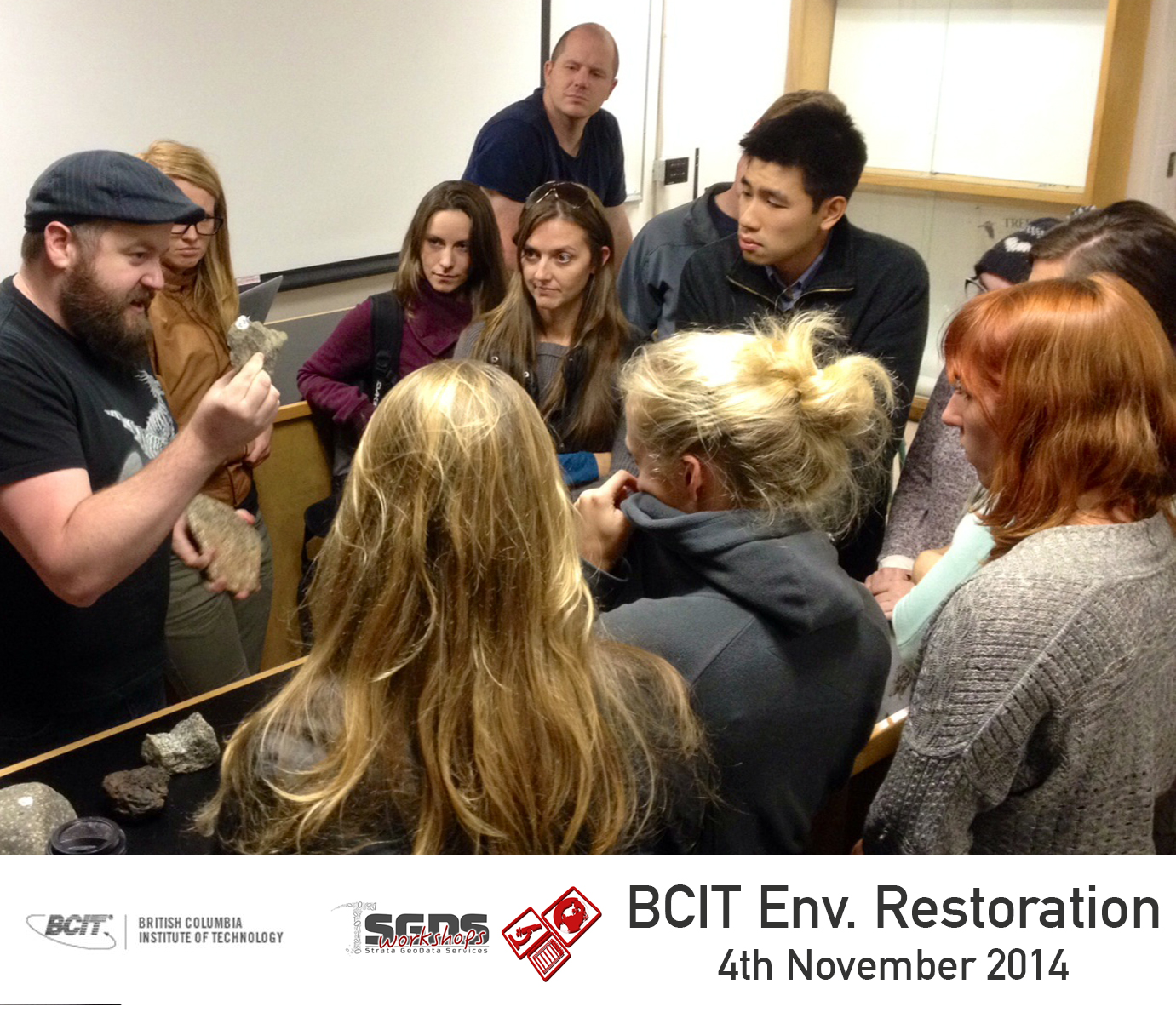
I had the opportunity to guest speak with this years current graduates in their Terrestrial Restoration class. While I was initially apprehensive of metaphorically walking into the ‘snake pit’ of biologists, expecting immediate rejection and condescending questions of why geologists inherently are only concerned with destruction, I was pleasantly surprised to find a classroom full of inquisitive young professionals who were interested in finding solutions to balancing ecological and resource extraction issues. The key is the understanding – and acceptance – that we live in a world with burgeoning commodity needs, and that many geologists who are working in the field also share the same environmental concerns.
If biologists and geologists are ever expected to shake off their respective stigmas, it’s going to take a next generation of natural science professionals such as these to take the lead in finding solutions not problems.
Subscribe for Email Updates

